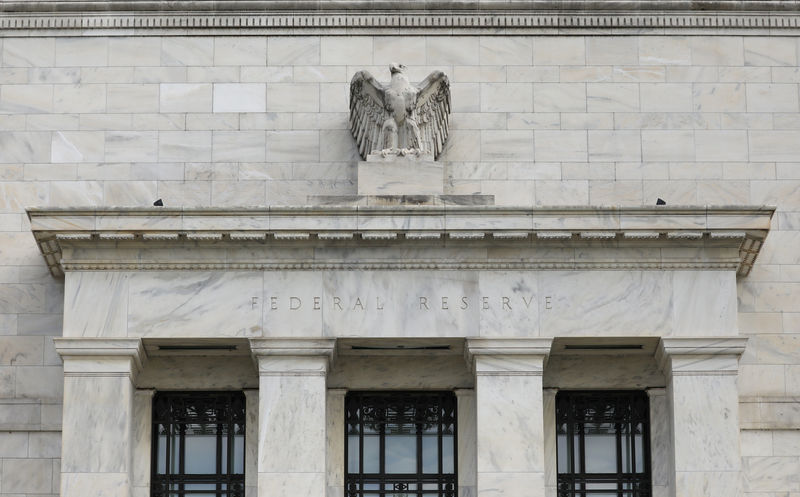Investing.com – The U.S. economy expanded modestly from October through mid-November amid a tight labor market, but the pace of inflation has remained sluggish even as input costs continue to tick higher amid the U.S.-China trade war, a Federal Reserve survey showed.
"The shortage of workers spanned most industries and skill levels, and some contacts noted that their inability to fill vacancies was constraining business growth," the Fed's Beige Book report said. "Moderate wage growth continued across most Districts. Wage pressures intensified for low-skill positions."
Inflation, meanwhile, continued at a modest pace, as companies' abilities to raise prices to cover higher costs, partly due to tariffs on Chinese imported goods, has been somewhat limited.
A few districts said, however, "that companies affected by the tariffs were more inclined to pass on cost increases," the report showed.
The Beige Book is an anecdotal look at the economy, compiled by staff at the 12 Federal Reserve banks around the country. It is published eight times a year in advance of the next meeting of the Federal Open Market Committee, the Fed's rate-making body. The next FOMC meeting is scheduled for Dec. 10-11.
Most of the 12 Fed districts reported moderate of modest growth. The weakest districts appeared to be the Midwest, hit by weak performances in agriculture, and the Southwest, dominated by the energy sector and exposed to falling oil prices.
The most recent reading of the core personal consumption expenditures (PCE) ondex – the Fed’s preferred measure of inflation – slowed to a pace of 1.6% in October from a year earlier.
